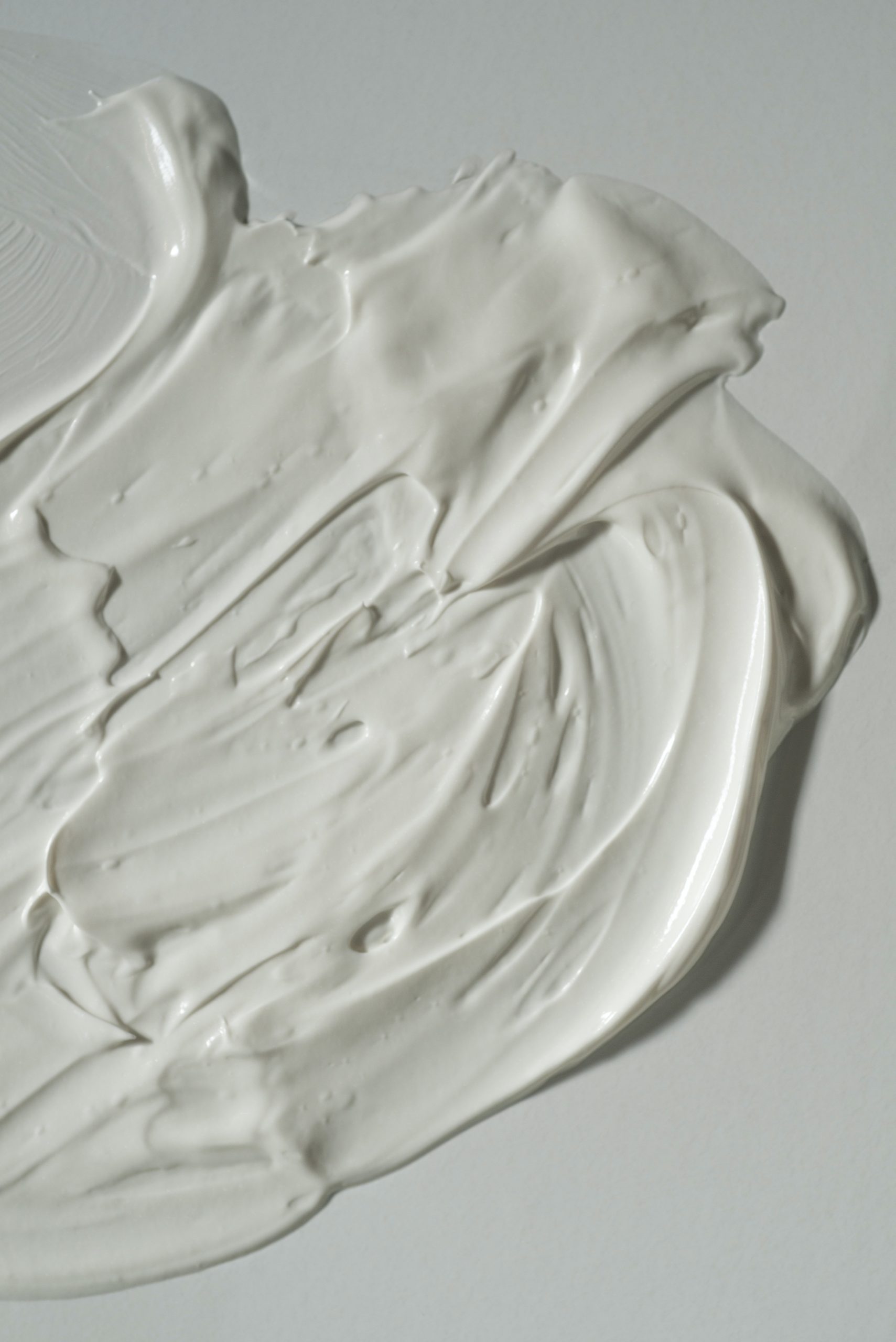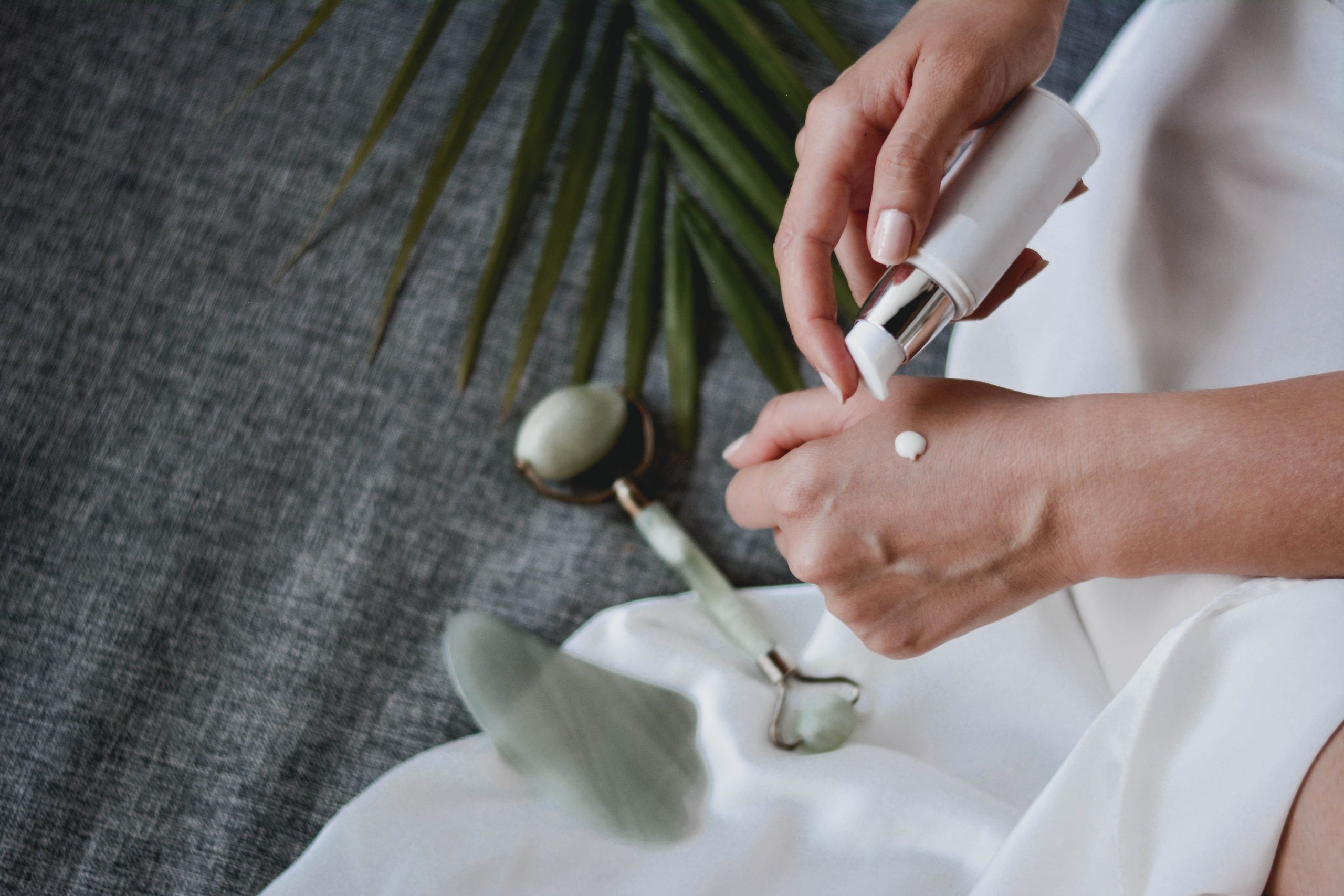Salicylic acid is one of the most popular ingredients in skincare. It enjoys a reputation as a leader in the treatment of skin imperfections such as acne. Praised by both dermatologists and bloggers, salicylic acid is said to be sufficient on its own to treat all types of blemishes.
Since its discovery, this skincare magic healer has been praised for its analgesic and anti-inflammatory properties that help to calm down skin irritation. It is extracted from the bark of Willow (tree or shrub of the Salicaceae family) by different processes and has served different purposes through time, including the treatment of pain and fever. Thus, it will later become the ingredient at the origin of acetylsalicylic acid, better known under the trade name “aspirin.” In addition to its analgesic and anti-inflammatory properties, there is a long list of various benefits of salicylic acid on the skin. Consequently, this makes it highly coveted in the formulation of topical medical treatments and cosmetic products.

In addition, salicylic acid has anti-irritant properties that soothe the skin and reduces redness. These properties also calm sore pimples and regulate uneven skin tone problems. This, therefore, make it the ingredient par excellence for treating many types of blemishes. It is used as an acne treatment because it can help break down pimples and blackheads.
Why salicylic acid is useful for fighting acne

Depending on its dosage, salicylic acid is very useful for treating certain skin conditions other than acne, such as psoriasis, warts, and other scaly pathologies like dandruff. When applied to the face using serums and creams, salicylic acid stimulates cell renewal and allows the skin to regenerate, thus providing numerous benefits such as:
- The complexion: It gets rid of dead cells that dull the complexion making the skin shine. As for skin prone to post-inflammatory or photo-induced hyperpigmentation, salicylic acid, by eliminating cells filled with melanin accumulated on the surface, reduces pigment spots for the benefit of an even complexion.
- A younger appearance of the skin: The cell renewal stimulated by the acid induces skin renewal in favor of smoothed skin.
- Acne: Cell renewal inhibits the formation of comedones by preventing blockage of the pores that end up causing acne.
Thanks to its antiseptic properties, this skincare staple also prevents the growth of bacteria, fungi, and viruses on the skin’s surface. It, therefore, stops the proliferation of Cutibacterium acnes which cause inflammatory reactions in acne that are visible in the form of papules and pustules. These antiseptic properties also give salicylic acid a preservative role in the formulation of many cosmetic products.
Dosage of SA

As a cosmetic ingredient, it is safe to use. Indeed, a low dose is enough to benefit from its properties, and its dosage is strictly controlled. When used as a preservative, salicylic acid is formulated to a maximum of 0.5%. When used in a solution intended to be rinsed off (for example, shampoos) salicylic acid is formulated at a maximum of 3%. When used in other products such as serums and creams, salicylic acid is formulated at a maximum of 2%.
Shop salicylic acid products for acne
Featured image: @teairawalker/Instagram
Medical Disclaimer
All content found on StyleRave.com Website, including text, images, audio, video, and other formats is created for informational purposes only. The content is not intended to be a substitute for professional medical advice, diagnosis, or treatment.
Always seek the advice of your physician or other qualified health provider with any questions you may have regarding a medical condition. Never disregard professional medical advice or delay in seeking it because of something you have read on this Website. If you think you may have a medical emergency, please call your doctor, go to the nearest hospital or call 911 immediately depending on your condition.
For the latest in fashion, lifestyle and culture, follow us on Instagram @StyleRave_
This is a Style Rave original content exclusively created for our readers. If reproduced, distributed, transmitted, cached, or otherwise used by any other publishing house or blogs, such use should provide a direct link to this source article. Use of and/or registration on any portion of this site constitutes acceptance of our Terms & Conditions and Privacy Policy.
—Read also
http://35.168.198.38/whats-acne-get-rid-advanced-treatment/

























































![Social Media Spring Cleaning [Infographic] Social Media Spring Cleaning [Infographic]](https://imgproxy.divecdn.com/9e7sW3TubFHM00yvXe5zvvbhAVriJiGqS8xmVFLPC6s/g:ce/rs:fit:770:435/Z3M6Ly9kaXZlc2l0ZS1zdG9yYWdlL2RpdmVpbWFnZS9zb2NpYWxfc3ByaW5nX2NsZWFuaW5nMi5wbmc=.webp)
![5 Ways to Improve Your LinkedIn Marketing Efforts in 2025 [Infographic] 5 Ways to Improve Your LinkedIn Marketing Efforts in 2025 [Infographic]](https://imgproxy.divecdn.com/Hv-m77iIkXSAtB3IEwA3XAuouMwkZApIeDGDnLy5Yhs/g:ce/rs:fit:770:435/Z3M6Ly9kaXZlc2l0ZS1zdG9yYWdlL2RpdmVpbWFnZS9saW5rZWRpbl9zdHJhdGVneV9pbmZvMi5wbmc=.webp)














